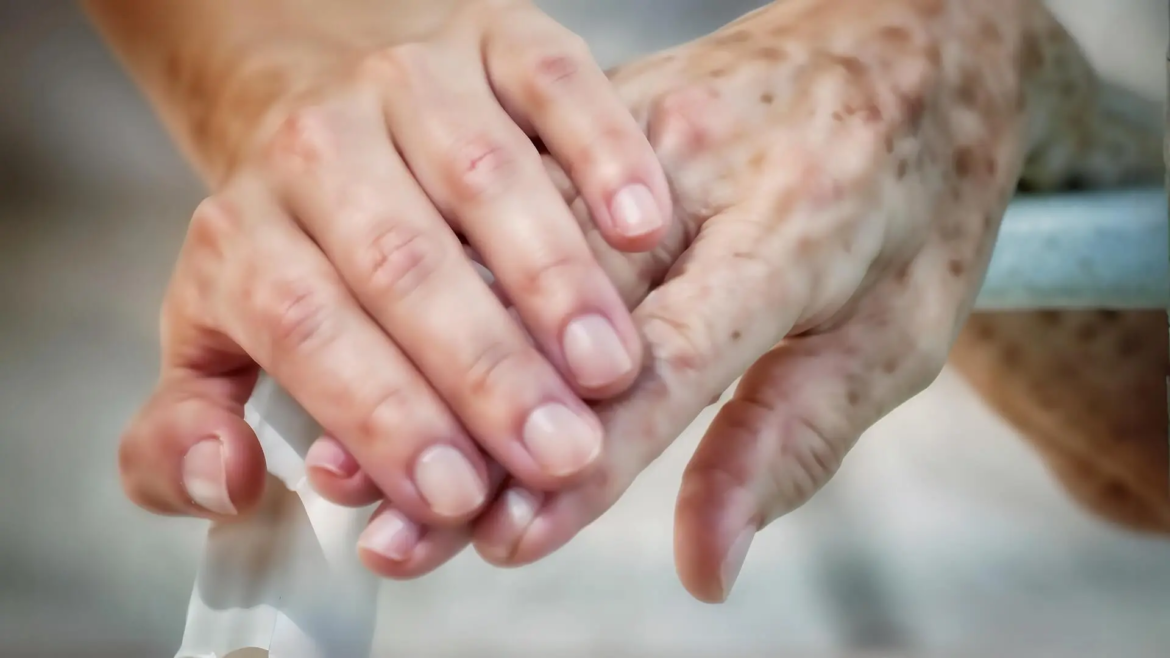Does Medicare provide coverage for 24-hour in-home hospice care? Let’s examine the essential aspects that are frequently overlooked when evaluating healthcare coverage.


Does Medicare provide coverage for 24-hour in-home hospice care? Let’s examine the essential aspects that are frequently overlooked when evaluating healthcare coverage.

Uncover the aspects of end-of-life aid that caregivers often withhold, including lesser-known details regarding patient comfort and the support available for families.

Discover the top 6 free activity ideas for seniors to stay active. Explore easy and budget-friendly ways to boost wellness and interaction.

In-home care is a type of service that allows people with serious illnesses or disabilities to receive professional care in the comfort of their own homes. In-home care can provide many benefits for both the patients and their families, such as improving the quality of life, reducing the stress and burden of caregiving, and enhancing the dignity and independence of the patients.

Top 5 Health Concerns for Seniors and How Hospice and Palliative Care Can Help
As people age, they become more susceptible to chronic diseases, which are long-lasting and often incurable conditions that affect their physical and mental health.

Protecting seniors from financial abuse is crucial to ensuring their well-being and peace of mind during their golden years. As people age, they often become more vulnerable to various forms of abuse, including financial exploitation. The Valley View Hospice Los Angeles aims to provide a comprehensive understanding of financial exploitation, offer strategies to prevent it, and highlight resources available for protection…

Jump into the adventure of fun Holiday games for the family. Make the holiday fun for the old and young and unite all family members.

Emergency lifeline support is a service that provides immediate help and guidance to people who are facing a crisis, such as suicidal thoughts, emotional distress, substance abuse, domestic violence, or other mental health issues. Emergency lifeline support aims to prevent harm, reduce suffering, and promote coping and recovery.
Lorem ipsum dolor sit amet, consectetuer adipiscing elit. Praesent vestibulum molestie lacus. Aenean nonummy hendrerit mauris. Phasellus porta. Fusce suscipit varius mi. Cum sociis natoque penatibus et magnis dis parturient montes, nascetur ridiculus mus. Nulla dui. Fusce feugiat malesuada odio. Donec accumsan malesuada orci.
Lorem ipsum dolor sit amet, consectetuer adipiscing elit. Praesent vestibulum molestie lacus. Aenean nonummy hendrerit mauris. Phasellus porta. Fusce suscipit varius mi. Cum sociis natoque penatibus et magnis dis parturient montes, nascetur ridiculus mus. Nulla dui. Fusce feugiat malesuada odio. Donec accumsan malesuada orci.